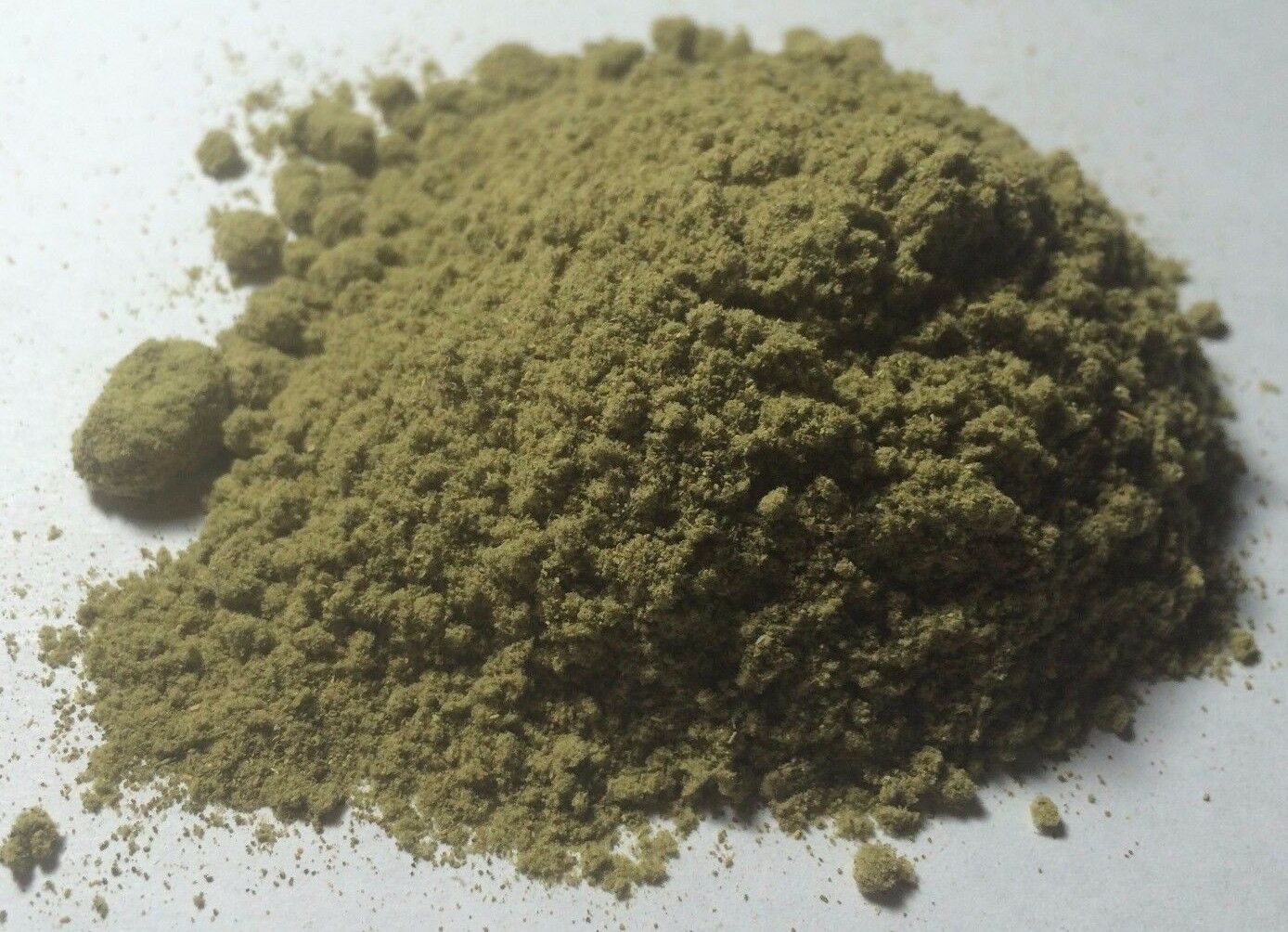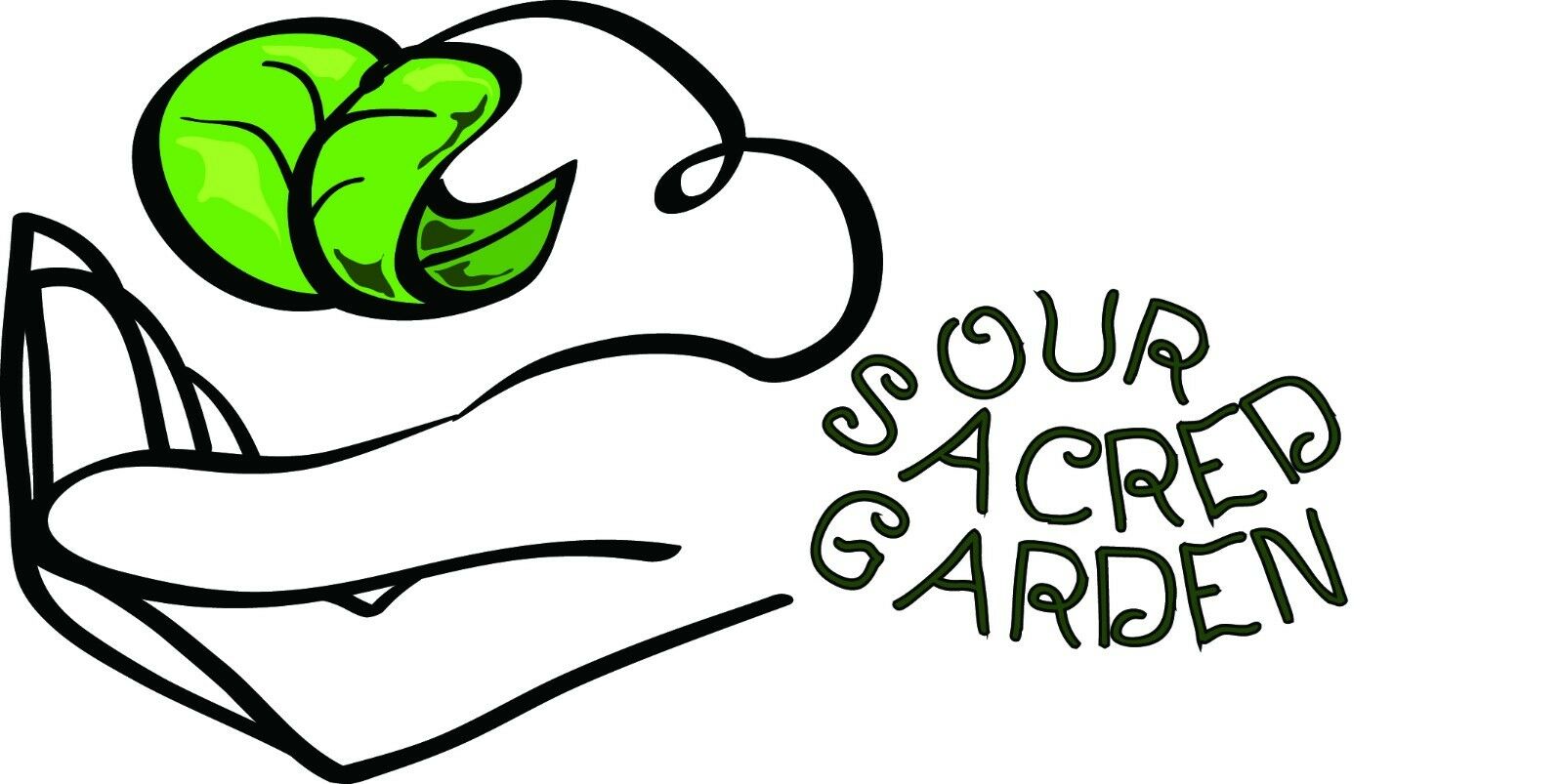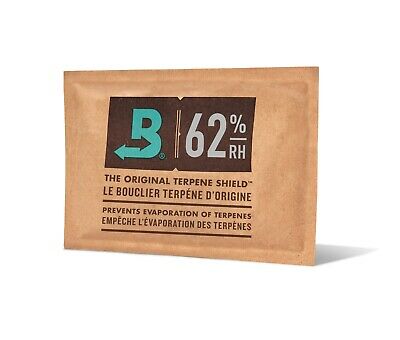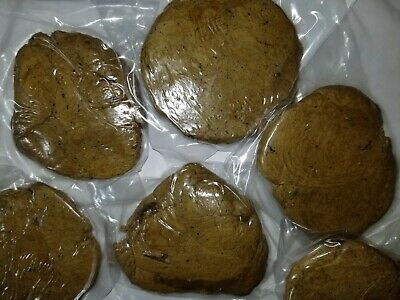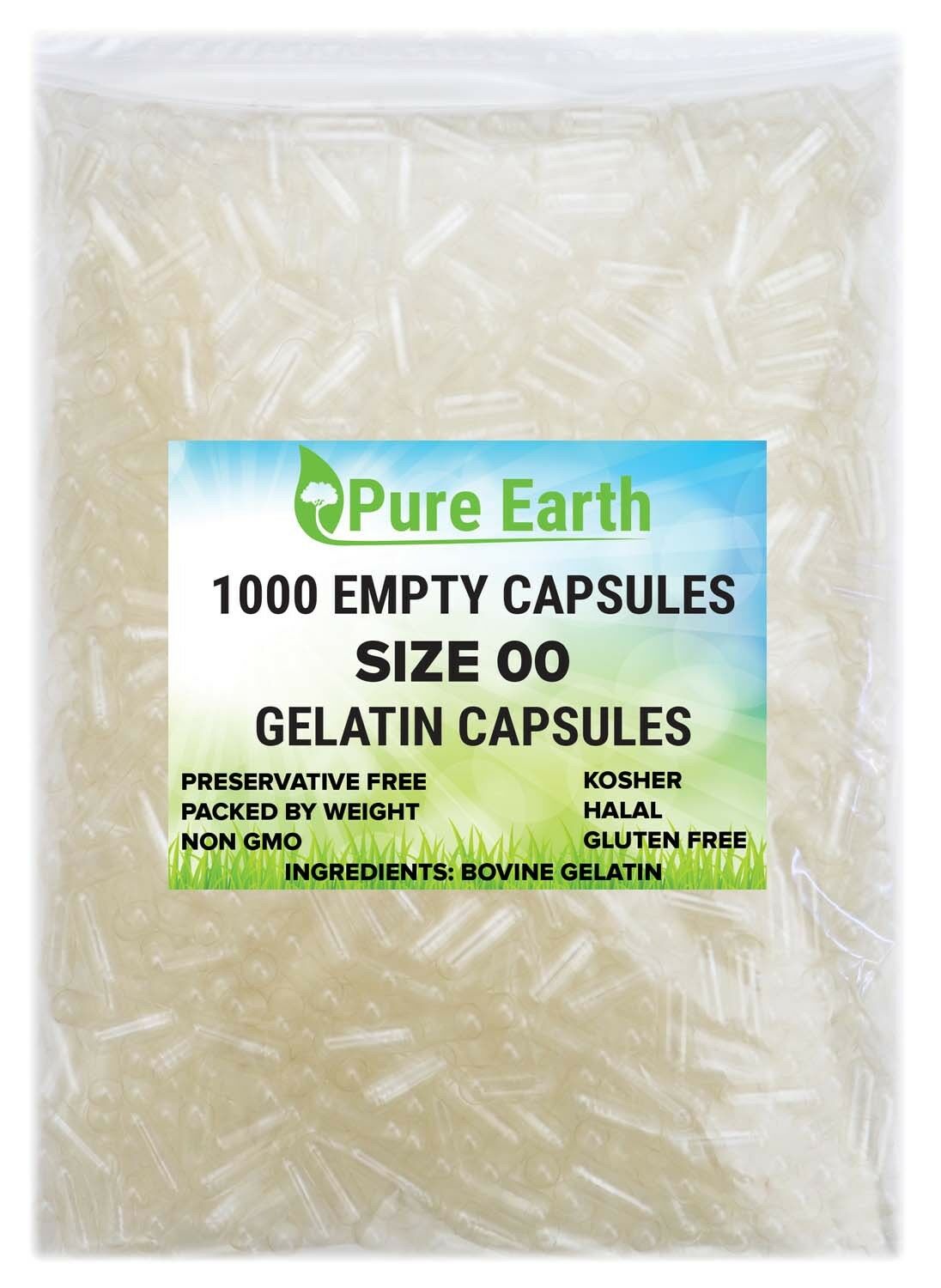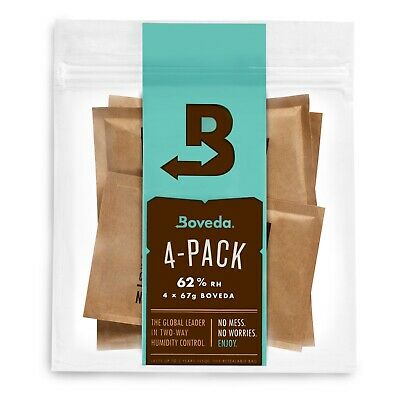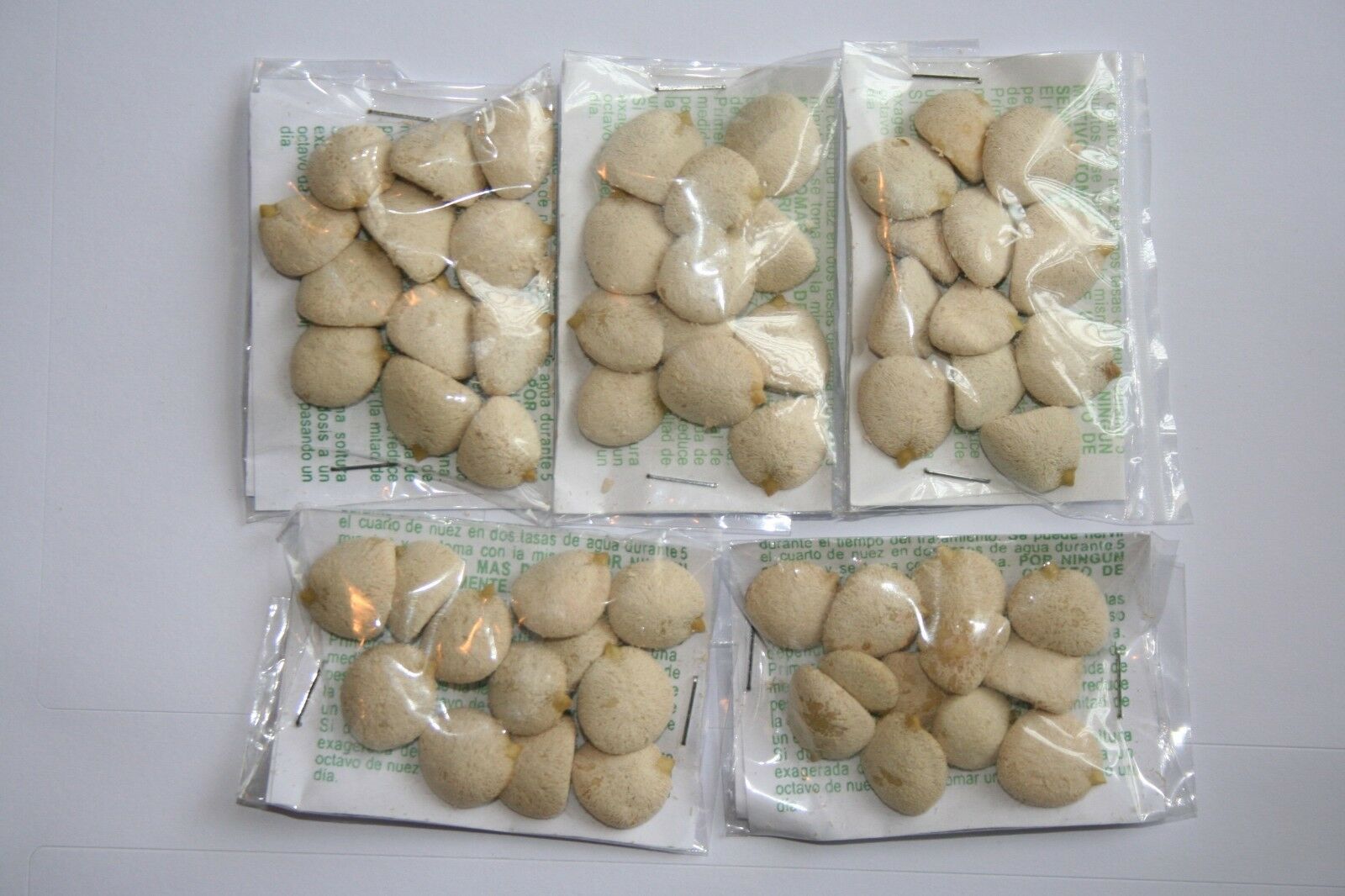-40%
1oz. Damiana Leaf Powder (Turnera diffusa) Organic & Kosher Mexico
€ 0.88
- Description
- Size Guide
Description
Common NameStandardized: damiana
Botanical Name
Turnera diffusa
Willd. ex Schult. var.
diffusa
Plant Family:
Turneraceae
Parts Used
Dried leaf.
Overview
Damiana has been used in Mexico and southward to Central and South America since the times of the ancient Aztec, and is still quite popular today.
2,3
Although its effect on sexual desire was its primary use across cultures, it was also valued as a nerve relaxant, digestive stimulant, mood enhancer, and simply an enjoyable beverage that was given to children. In more recent times it has been used as an herbal smoke, often combined with other herbs, and a liqueur.
3,4
Note:
We are unable to ship this product to Louisiana.
Botany
Damiana is in the
Turneraceae
family, yet this family is often included in the same family as Passionflower (
P. incarnate
)
Passifloraceae
. Around half of the plants in the
Turneraeace
family are in the genus
Turnera
, including
T. ulmifolia
(Common name "ramgoat dashalong", one can only imagine what this is referring to) which is similar in appearance yet was traditionally used differently
5
and is now widely cultivated in Africa. Damiana is a small sub-tropical shrub bearing aromatic serrated leaves and small bright yellow flowers.
2,5
T. diffusa
is native to southwest Texas, Mexico, Caribbean, Central America and Brazil.
1
According to a variety of baby naming websites, the origin of the common name damiana is from the Old Greek
daman
or
damia
meaning "to tame or subdue." It is the feminine version of Damian and infers that Damiana is the wild one "who tames."
Cultivation And Harvesting
Damiana is commonly cultivated for commerce in the Baja region of Mexico. It's native range is tropical, being hardy to zone 9, and requires dry sandy soil and a lot of sun.
6
Harvest leaves in warm summer months when flower is in bloom.
History And Folklore
It is believed that the indigenous Guaycura in the Baja region of Mexico were the first to use damiana. It was taken during religious ceremonies, yet eventually banned as its passion inspiring powers got out of hand. According to legend, this herb got distributed when the Guaycura started trading it with the Aztecs.
3
Still today in this area, damiana is used as a flavoring for liqueur. There are several large companies located in southern Baja Mexico which distributes this beverage world-wide. The bottle is shaped like a voluptuous woman baring large breasts, full belly, and wide hips, purportedly modeled after an Incan goddess. It is said that the original margarita incorporated this liqueur rather than the standard triple-sec or orange-flavored alcoholic beverage.
4
A bottle is often given as a gift to new brides and grooms.
3
Damiana was also valued in the ancient Mayan civilization which spanned modern day Mexico, Guatemala, Belize, and Hondorus. The Maya used this plant similarly to the Aztecs and Guaycara, but also believed that it helped with balance and excessive giddiness.
2
Throughout Central and South America, there are ethnobotanical reports of damiana's therapeutic qualities. In Brazil it was taken as a tea and considered a general tonic.
Damiana was listed in the National Formulary from 1888 to 1947.
2
Further, it was written in 1898, in King's American Dispensatory, that "Damiana has been eulogized for its positive effects, acting energetically upon the genito-urinary organs of both sexes…and upon the system at large, it exerts a tonic influence."
7
This desire eliciting herb invites the mind to relax and go with the flow. It helps those that are too "in their head" to re-establish a connection with their more sensual side. The leaves are used to "relieve excess mental activity and nervous debility" in Germany, and the Dutch are quite aware of this plant's ability to enhance desire.
2
Damiana's medicinal properties serve to uplift the spirit, improve digestion, relax the nervous system and to stimulate menstrual flow.
2,5,6,8,9
Some scientific studies are investigating damiana to see if all of these reports are grounded in any kind of pharmacologic or phytochemical reality.
Flavor Notes And Energetics
Pungent herb with a fig-like flavor
8
Herbal Actions
Bitter digestive stimulant, mild purgative, diuretic, tonic (for the nervous and reproductive system) hypochondriastic (quelling hypochondria),
5
laxative, stimulant,
9
nervine, emmenagogue, astringent, expectorant,
2,10
urinary antiseptic
Uses And Preparations
Commonly the dried leaf and stem is used as a tea, tincture, in herbal smoking blends, or powdered and encapsulated, and is also infused in alcohol to make liqueurs or cordials.
A fresh plant tincture of leaf and stem may be made as well.
Constituents
Damianin, resins, tannins, a variety of minerals
5,10
alkaloids, cyanogenic glycosides
10,11
green essential oil, thought to smell like chamomile,
5
perhaps due to the apigenin
13
content. The essential oil contains pinene, cineaol, cymol, arbutin, cymene, cadinene, copaenen
11,12
Herbal Miscellany
Damiana was a major ingredient (alongside French wine, coca leaf, and cola nut) in the popular 19th century beverage
Pemberton's French Wine Coca
which claimed to be a panacea for ills ranging from nerve exhaustion to sexual troubles. This wine was created by the same pharmacist that invented Coca-Cola, and was marketed mostly to upper class intellectuals. Characters such as Jules Verne and Arthur Conan Doyle reportedly enjoyed this brew on occasion.
14
T. diffusa
leaves are approved for food use as a flavoring agent in the U.S. and appear in the FDA's list of substances Generally Recognized As Safe (GRAS), however this plant is considered illegal, and has been since 2005, in Louisiana. This was due to reported overdoses of synthetic cannabis which consisted of a herbal blend containing Damiana. Laboratory-made, synthetic cannabinoids are added to herbal mixtures often containing damiana and sold in states where cannabis remains illegal. These fake cannabis products are extremely dangerous and should be avoided at all costs.
Precautions
Specific:
No known precautions.
General:
We recommend that you consult with a qualified healthcare practitioner before using herbal products, particularly if you are pregnant, nursing, or on any medications.
For educational purposes only. This information has not been evaluated by the Food and Drug Administration.
This information is not intended to diagnose, treat, cure, or prevent any disease.
Your browser does not support JavaScript. To view this page, enable JavaScript if it is disabled or upgrade your browser.
